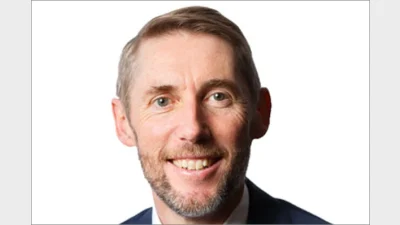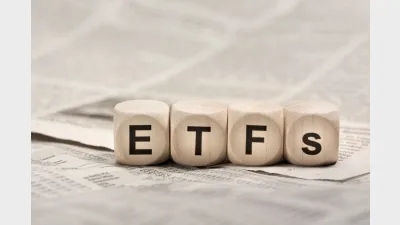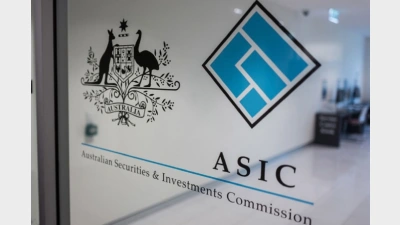Standard Risk Measure could confuse investors: van Eyk



The way the Standard Risk Measure (SRM) is being calculated has the potential to confuse retail investors, according to van Eyk head of strategic research Jonathan Ramsay.
The SRM has been in place for all new superannuation fund products issued after June 2012, and requires funds to state the likely number of negative annual returns they will experience in a 20-year period.
As it stands, superannuation funds are given too much discretion when it comes to the methodology they use to calculate the SRM, said Ramsay.
"We have already found examples where equities funds have been given similar risk measures to bond funds, despite the vastly different risk profile of these asset classes, simply because different funds are using different methodologies to calculate the SRM," Ramsay said.
He cited another example where fund provider A had given its bond fund a SRM or 3-4 (low to medium/medium risk), while fund provider B had given its bond fund a SRM of 1-2 (very low/low risk) - despite both funds having similar benchmarks and performance objectives.
"Any rational consumer looking at the SRM would choose the product being promoted by Fund B, even though they are both very similar funds. The only difference is the way the SRM has been calculated," Ramsay said.
The different manner in which the SRM is being calculated across the industry introduces complexity and has the potential to confuse investors, "if indeed they bother to go beyond the headline SRM while reading the [Product Disclosure Statement]," Ramsay said.
He proposed a new SRM that would also take into account how far the value of an investment was likely to fall during a drawdown, and how many years it was expected to take to recover.
Historical figures should also be published if available, as well as the fund's own estimates, he added.
Ramsay talked down the problem of exposing retail investors to too much information, pointing out that consumers are expected to understand complex information when it comes to nutritional guides on food packaging.
"While this may seem like a lot of information to some, it's less than you would find on the back of a packet of chips," Ramsay said.
Recommended for you
The firm has appointed Aware Super’s Damian Graham as group chief investment officer to unify its life and funds management teams.
Ethical super fund Australian Ethical has announced the appointment of Anthony Lane as chief operating officer.
The structural shift towards active ETFs will reshape the asset management industry, according to McKinsey, and financial advisers will be a key group for managers to focus their distribution.
ASIC has warned that practices across the $200 billion private credit market are inconsistent and, in some cases, require serious improvement.










